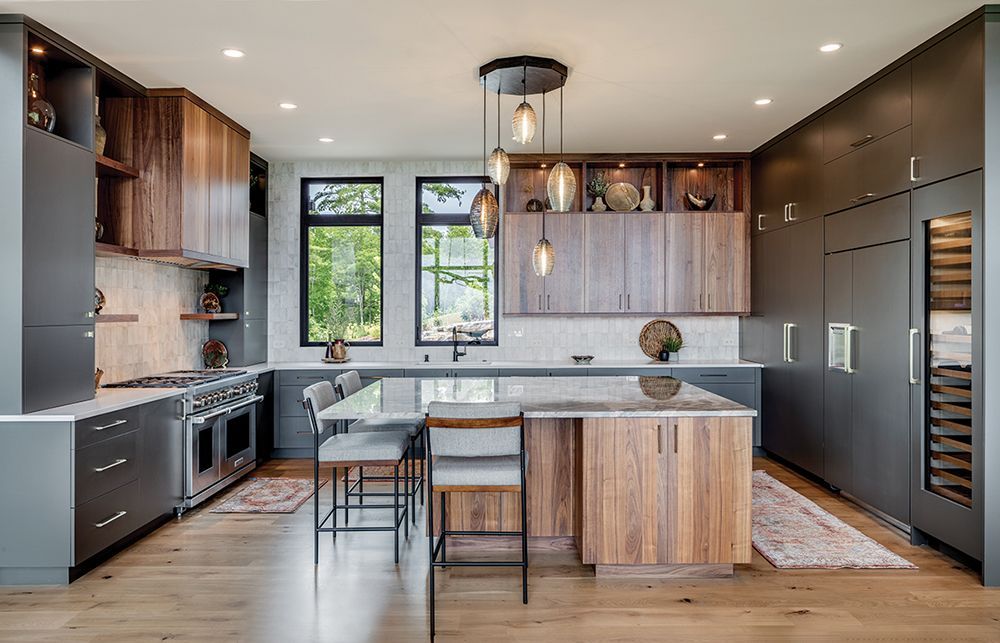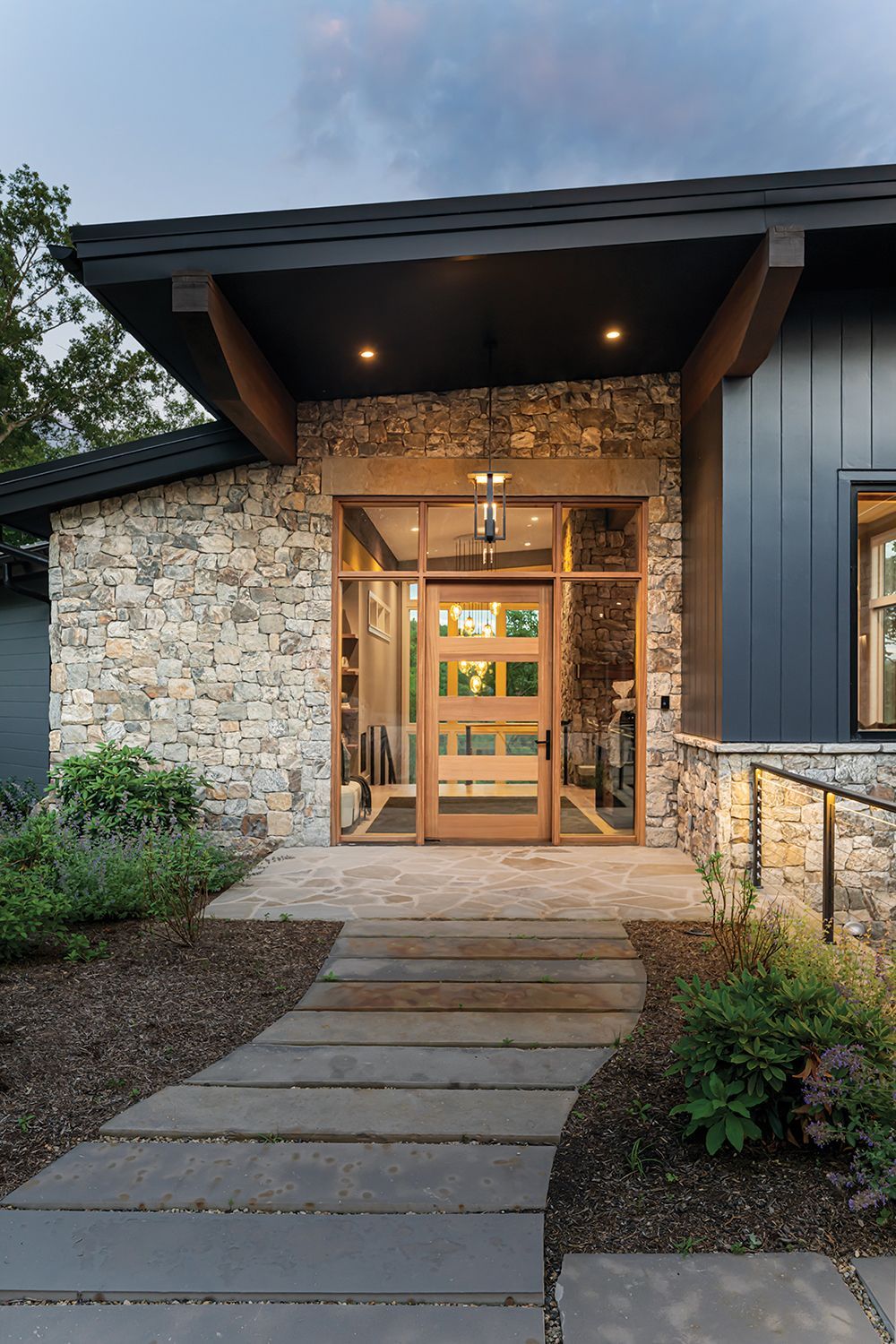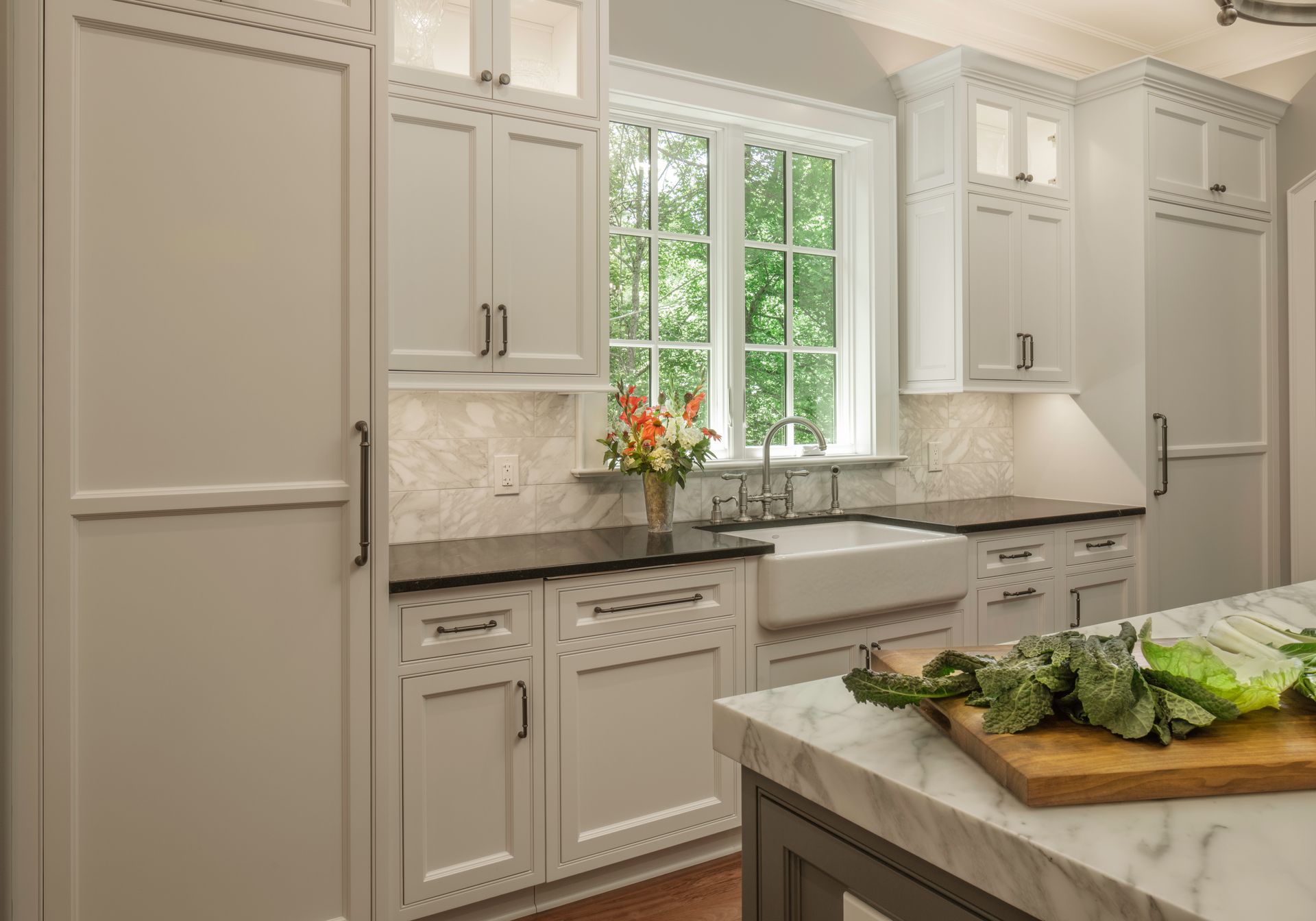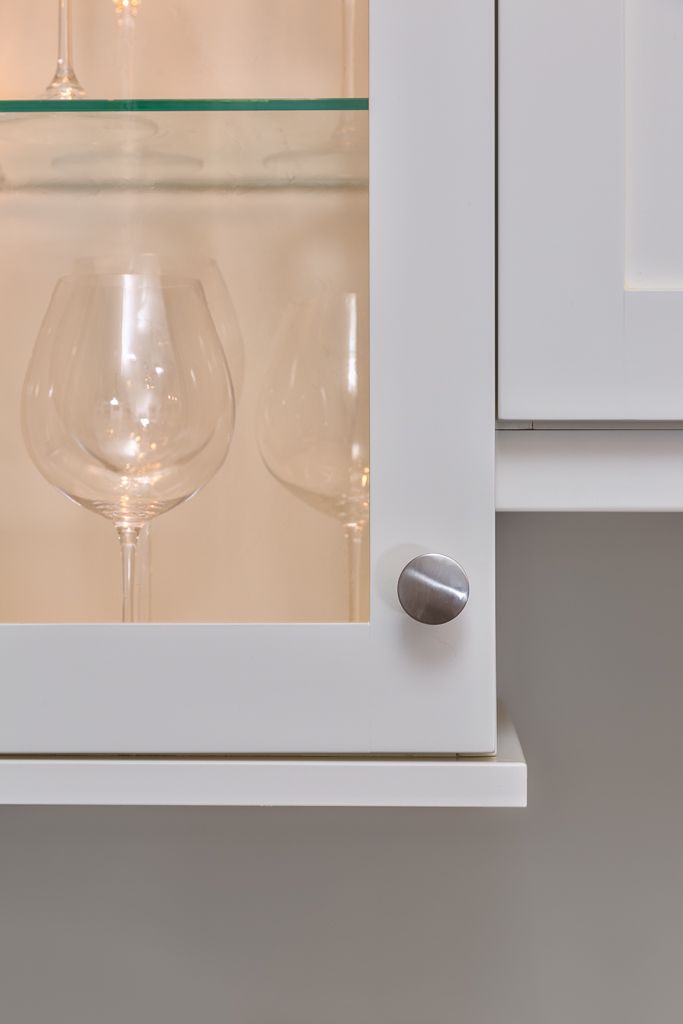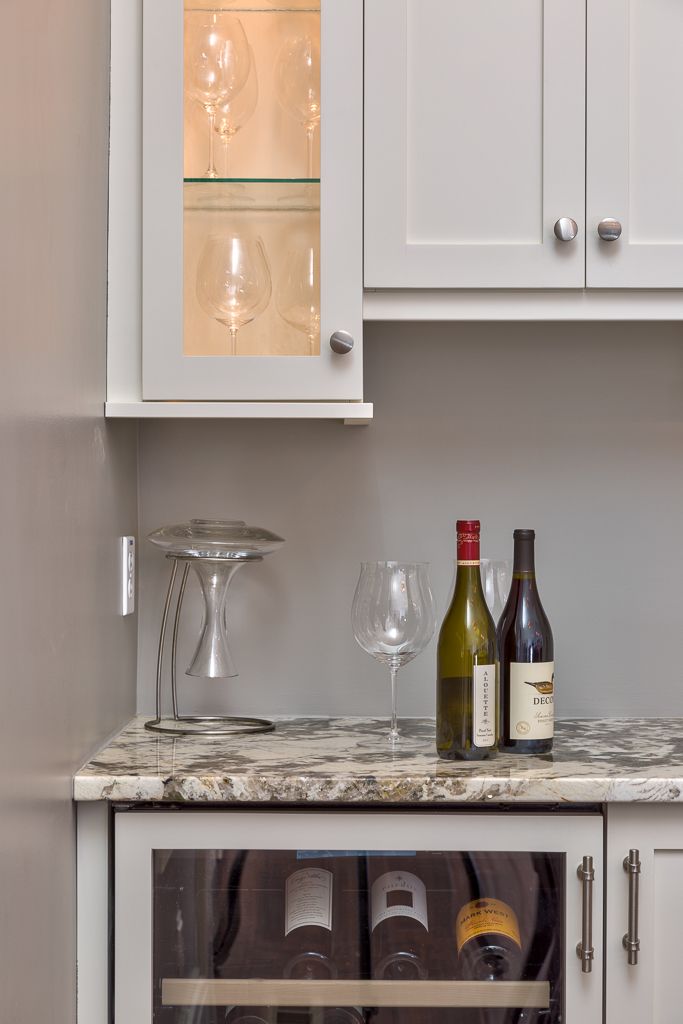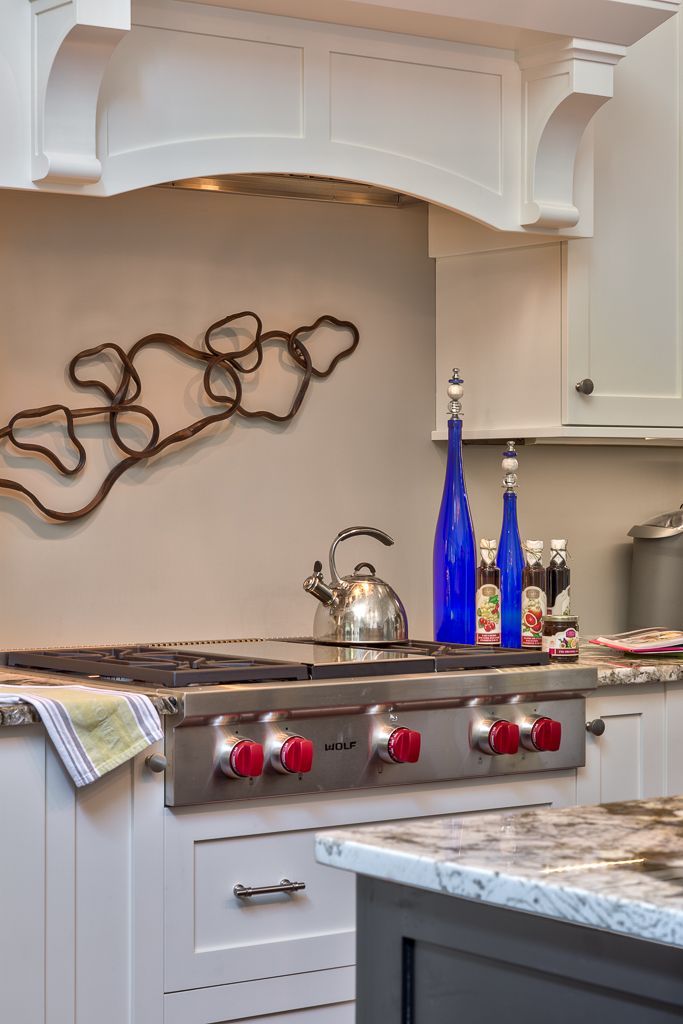

The History of Kitchens in America

The American Kitchen: A Culinary Journey Through Time
The American kitchen, much like the nation itself, has undergone a remarkable transformation over the centuries. From humble hearths to high-tech havens, its evolution reflects not just changing technologies and culinary trends, but also deeply ingrained societal values and cultural shifts. Today, let's embark on a delicious journey through the history of the American kitchen:
Early Beginnings (17th-18th Centuries):
- Fire and Function: Think simple, single-room structures with open fireplaces or brick ovens. Cooking was communal and labor-intensive, focused on basic sustenance. Food preservation relied on salting, smoking, and pickling.
- Regional Influences: New England kitchens had Dutch and British influences, while the South adopted African and Caribbean traditions. Each region incorporated local ingredients and cooking methods.
Victorian Transformation (19th Century):
- Technology Takes Root: Cast iron stoves and iceboxes brought efficiency and convenience. Specialized rooms for cooking, laundry, and storage emerged.
- Rise of Domesticity: The "cult of domesticity" emphasized women's role in managing the home, with the kitchen seen as a symbol of virtue and skill. Cookbooks proliferated, focusing on elaborate meals and proper etiquette.
The 20th Century: Efficiency and Convenience:
- Modern Marvels: The 20th century saw a whirlwind of innovation: electric appliances (refrigerators, stoves, mixers), mass-produced food, and processed ingredients. Convenience became king, catering to busy lifestyles.
- Shifting Roles: Women entered the workforce, leading to smaller, open-concept kitchens for multitasking. Formica countertops and linoleum floors offered easy cleaning.
The Post-War Kitchen (1950s-1970s):
- Suburban Dream: Suburban sprawl brought larger kitchens boasting built-in appliances, Formica countertops, and breakfast bars. Entertaining became a focus, with emphasis on presentation and convenience.
- Microwave Mania: The 1970s saw the rise of the microwave, forever changing meal preparation and portion sizes. Kitchens became more casual and integrated with family spaces.
The Modern Era (1980s-Present):
- From Function to Form: Kitchens transformed into multi-functional spaces for cooking, dining, and socializing. Open floor plans became popular, blurring the lines between kitchen and living areas.
- Focus on Personalization: Design trends shifted towards customization, reflecting individual styles and preferences. Sustainability, energy efficiency, and smart technology became buzzwords.
Looking Ahead:
As we move forward, the American kitchen continues to evolve, shaped by:
- Sustainability: Concerns for the environment will likely lead to eco-friendly materials, local sourcing, and reduced food waste.
- Tech Integration: Smart appliances, voice-controlled systems, and AI-powered assistants will further automate and personalize the kitchen experience.
- Health and Wellness: Focus on healthy eating and home cooking will likely influence kitchen design and appliance features.
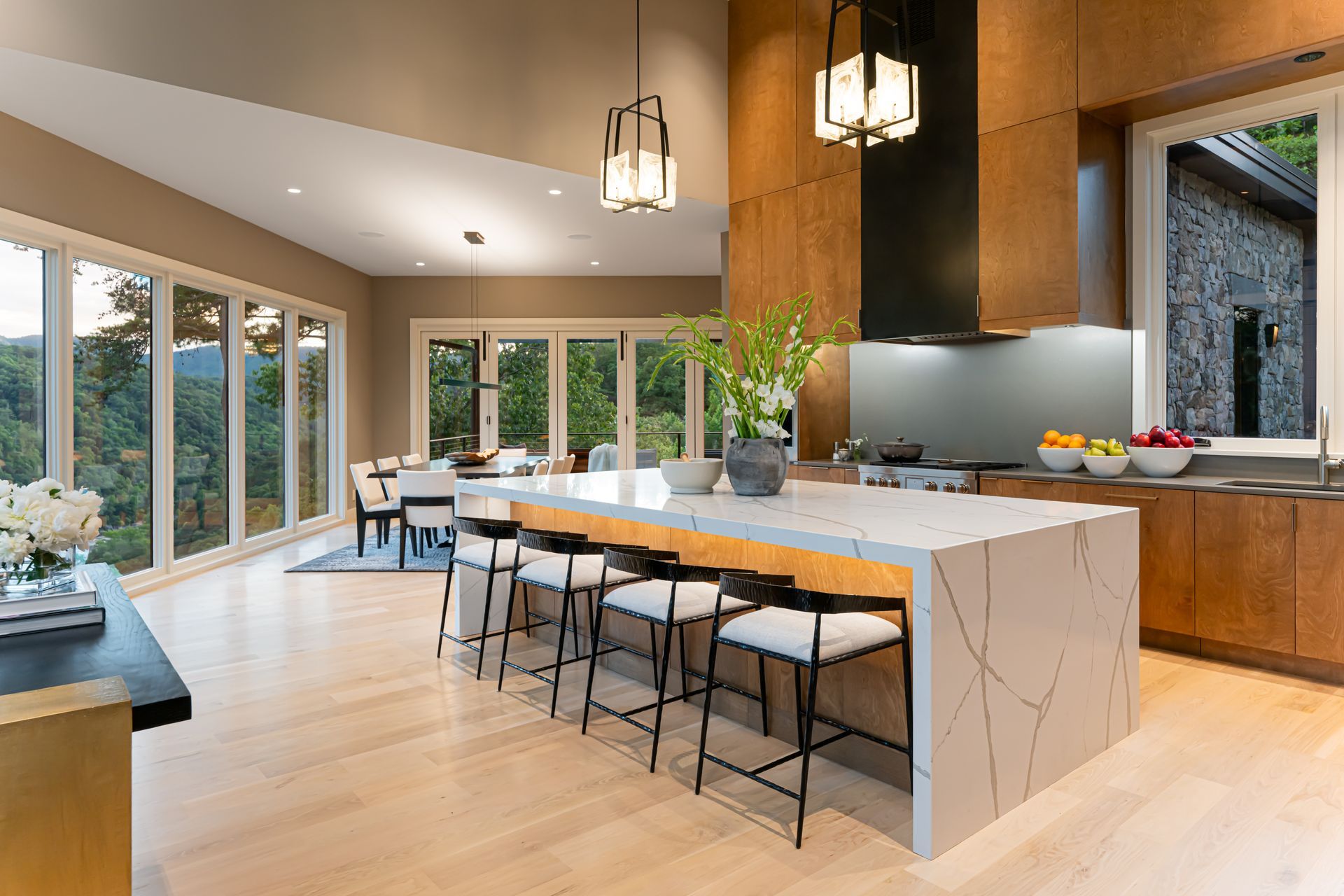
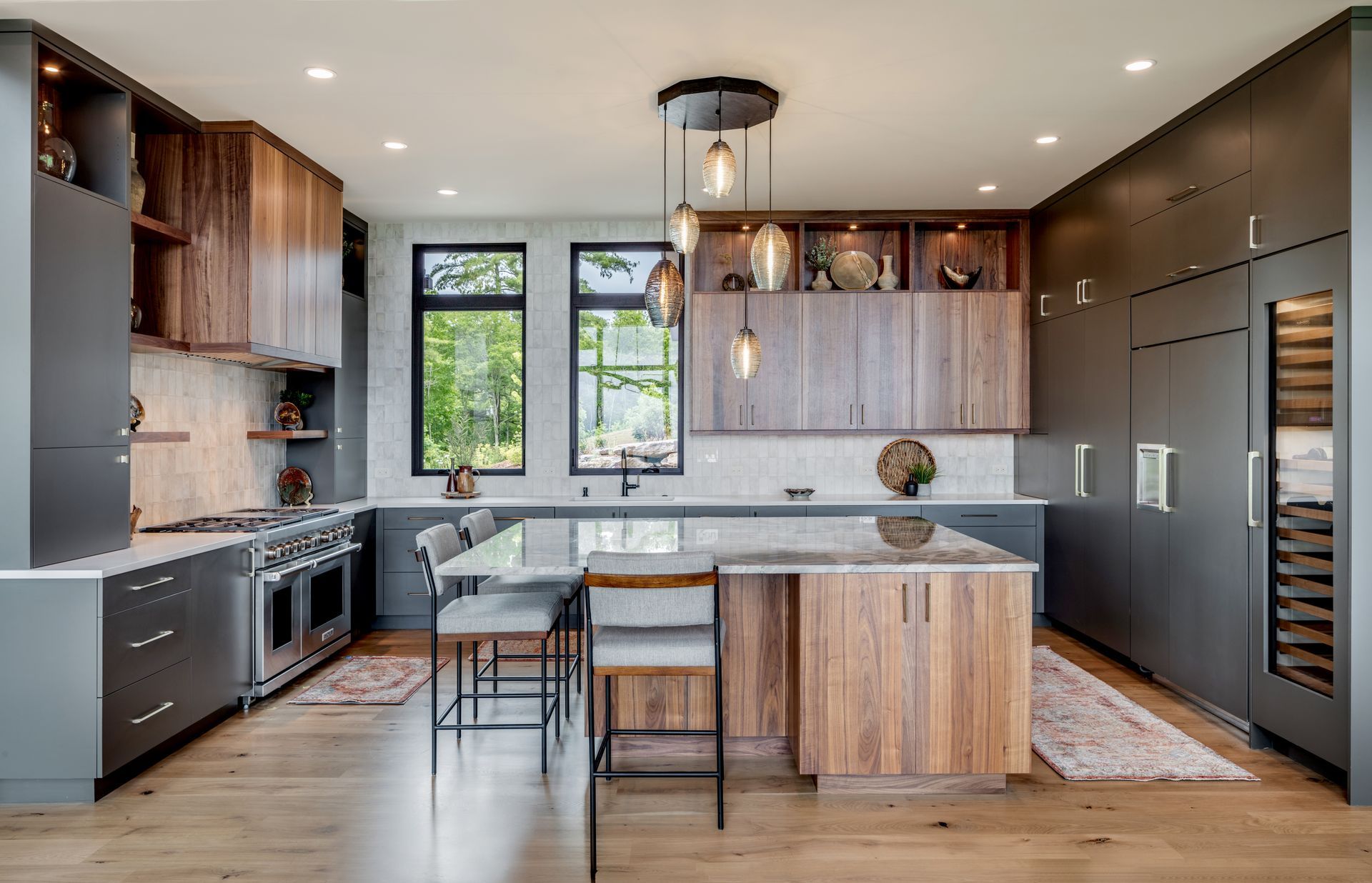

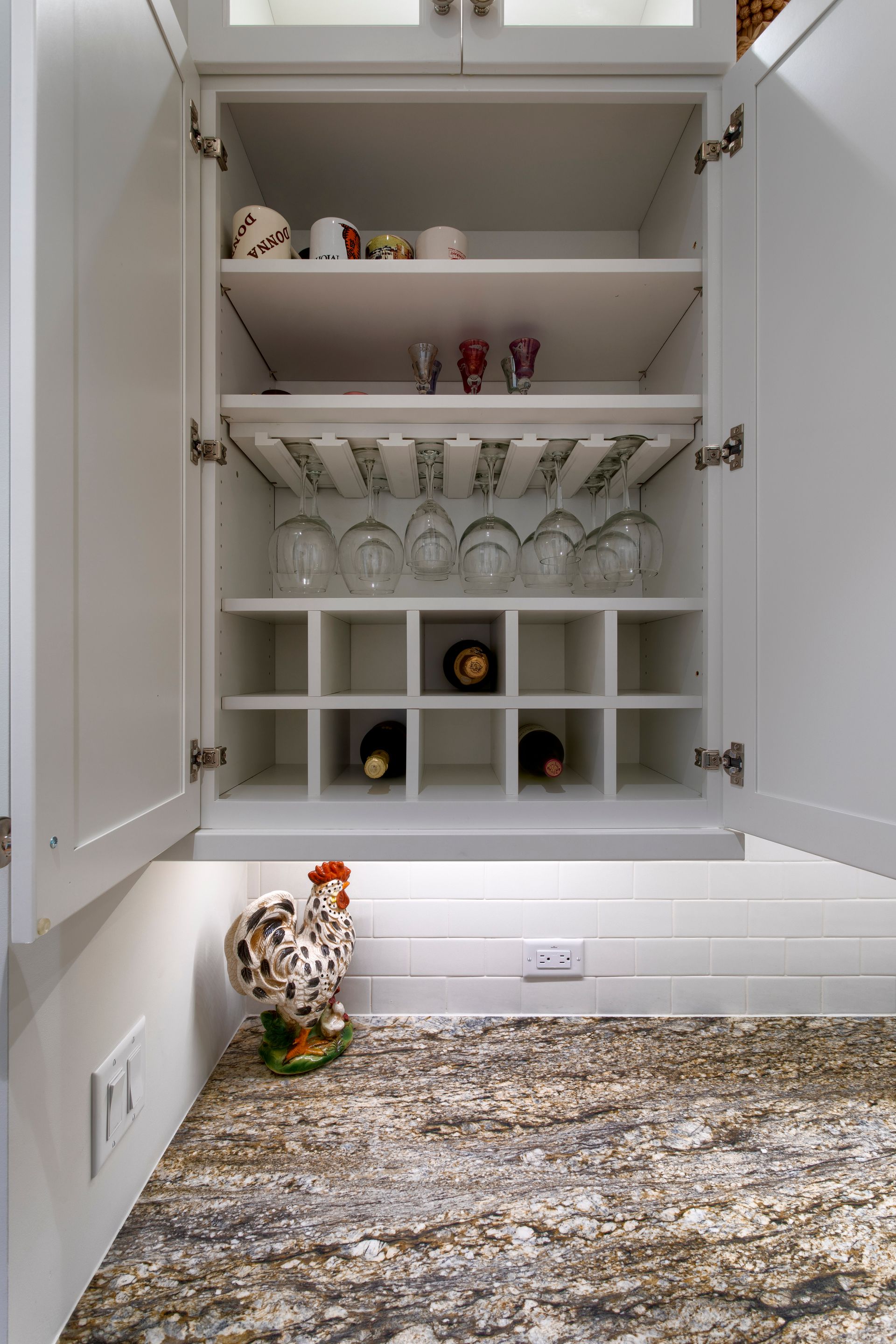
Want to learn more?
Your dream kitchen awaits.
Contact us today at
828-515-3340
and let our friendly staff get you started!
We will get back to you as soon as possible.
Please try again later.
We bring pride and passion to every project that we undertake, with a professional team of designers, project managers and experienced installers.
